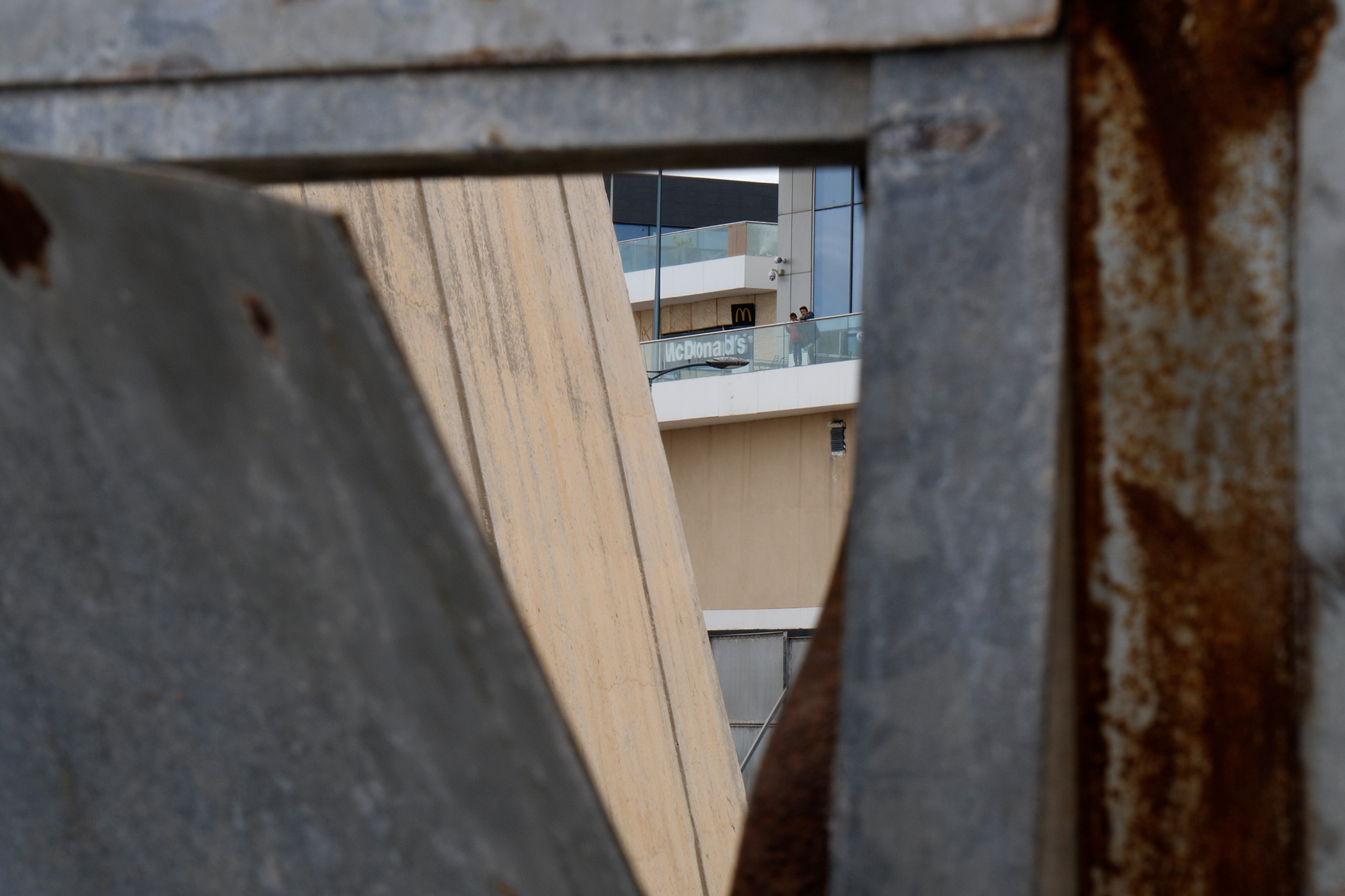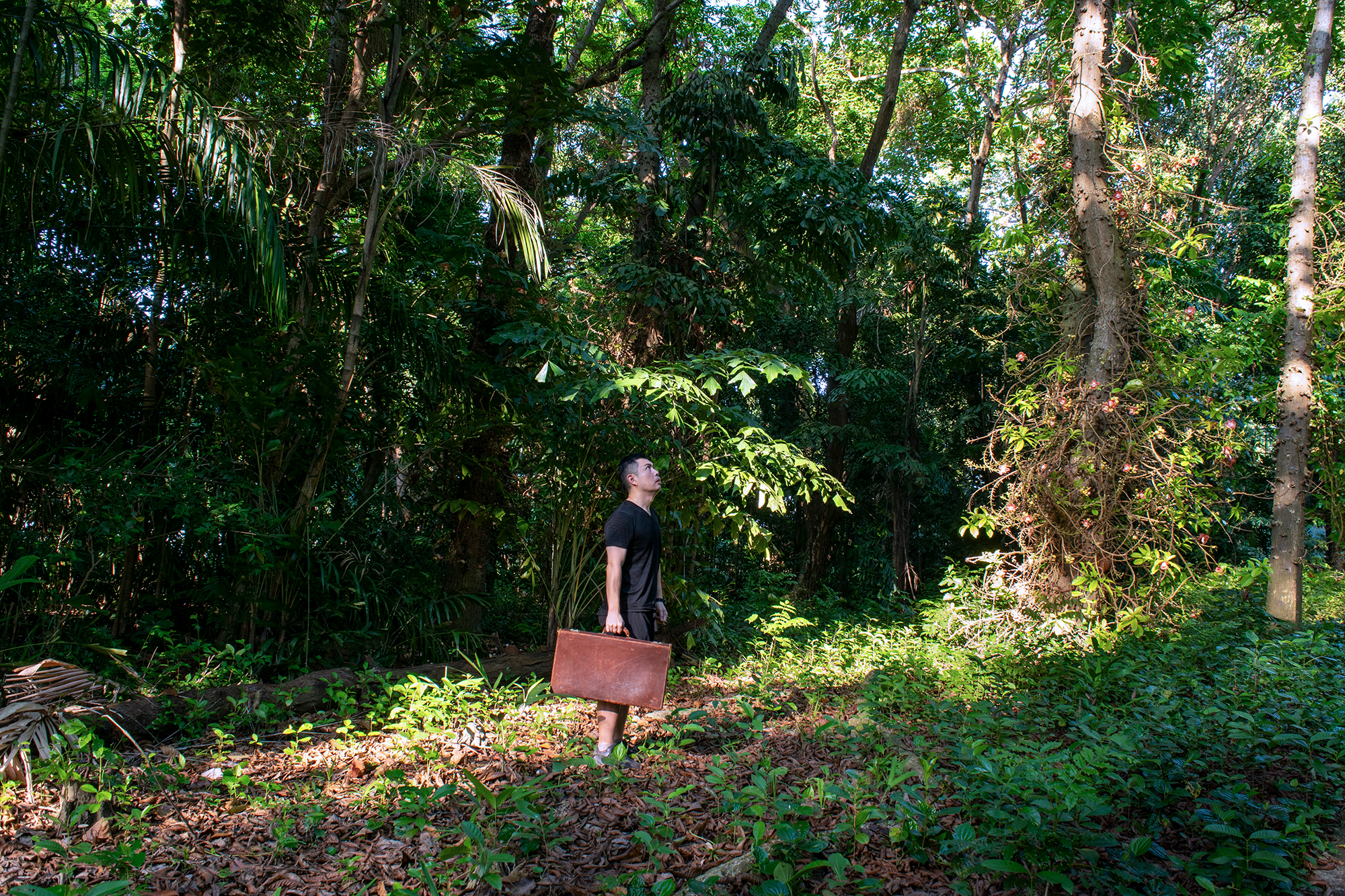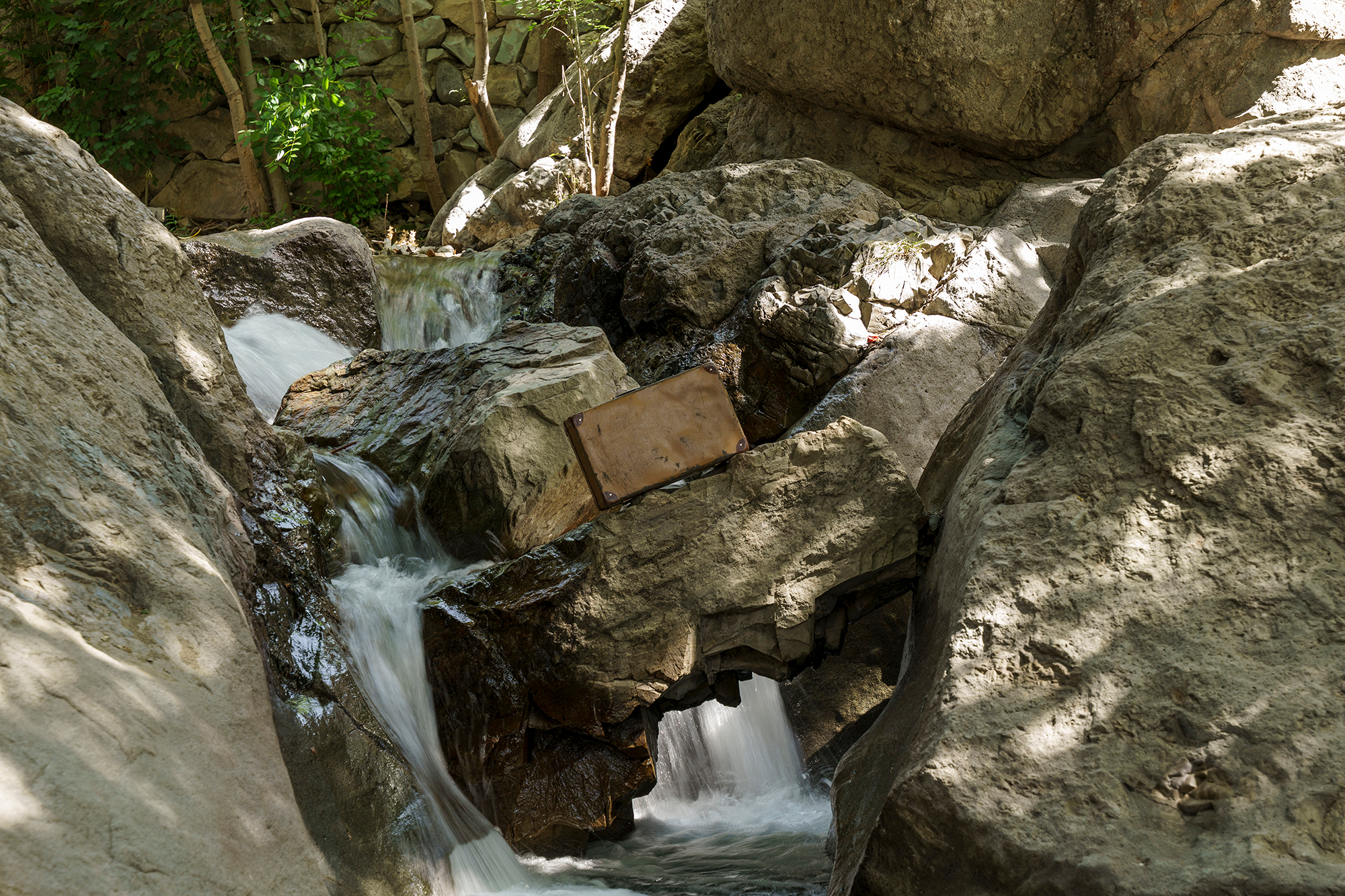Press Release — 5 Min Read
Museum of Contemporary Cuts’ Refurbishment
Interviews — 5 Min Read
Museum of Contemporary Cuts’ Refurbishment
“If you look long enough into the void, the void begins to look back through you.”
Friedrich Nietzsche
We have started a process of refurbishing the Museum of Contemporary Cuts (MoCC). Of course it is a web architecture, and not a physical architecture, nevertheless we have asked ourselves a few questions. Should we live the old website as it was while we altered, changed, and refreshed? Or was it more interesting perhaps for our viewers to see how the changes took effect while the pages where still incomplete and filled up with placeholders. The director, Lanfranco Aceti, decided to keep the doors opened. “There have already been way too many closures and enclosures. We have promised our audience to be different and that difference was constructed on the openness of our processes,” he said in a meeting in which the opportunity of openness was debated. “That means participation of our audience and patrons in the processes that build and construct the identity of who we want to become.”
Openness as History
The Museum of Contemporary Cuts (MoCC) is a rather unique experiment. It is a non-institution that borrows methodologies and embeds itself in institutions in order to promote artists and render visible artworks that, because of their sociopolitical content, would remain marginalized and ignored.
The remit of the museum, as times go by, will be more and more that of promoting works of art and artists whose aesthetic is steeped in the analysis of contemporary society, in order to leave a legacy that is not rooted in the ‘shock value’ of the artwork, rather in the research and thinking that is at the basis of the rupture with and departing from tradition.
It cannot be denied that in the canon of art history people like Duchamp, Milton Ernest “Robert” Rauschenberg, or Joseph Beuys have shaped contemporary art history, by profoundly questioning canons and established practices.
Those who followed us and are still following us in this process of renovation, have been involved not solely by sending praise or criticism but also by actively engaging and suggesting alterations which have helped us to develop a participatory architecture within which we hope, in the months to come, to be able to host new seminal exhibitions, historical and aesthetic research surveys, new commissions, and art archives.
Below: The British Museum: The Reading Room under Construction. Wood engraving by J. Brown after C. W. Sheeres, 1855.
Supporting the Museum
Our organization collaborates with a wide range of institutions as well as with private donors, who wish to make a change in the way in which contemporary art interacts, or does not interact, with the public space. We discuss projects at length in order to argue the fine points before jumping with all of our might and passion in the production of the aesthetic vision.
Donors are a vital part of this process and engage with curators and artists, having a first hand experience of the difficulty and problematic questions that arise in the development of the work of art.
We are launching a variety of projects that can be realized in multiple venues across the world or that require a specific setting or special materials. Sometimes our artists engage more deeply with technological tools other times are more focused on the natural environment. Nevertheless, independently from their interests they all need materials, venues, tools, and locations which can be incredibly varied and unusual. This is where our donors, patrons, and collectors step in supporting artists with their specialized networks or with financial assistance, making the artworks a reality.
This is why the goal of the museum is to enlarge its base of donors and supporters in order to be able to provide artists with opportunities, financial support, and access that otherwise they would not be able to find and that would condemn their artworks to remain in the project phase never being realized.
We will process the personal data you have supplied in accordance with our privacy policy.




